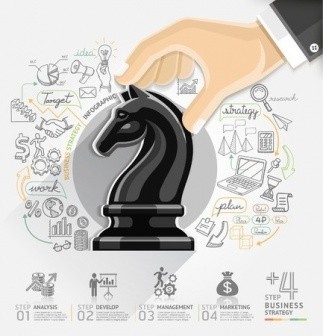The Difference Between a Case Study and the Case Method
The case method, a teaching method which utilizes cases, has become an essential technique used in professional schools (departments of law, business administration, and medicine) wherein students consider how a leader should behave when facing a problem that can happen in the real world. The fact that the first lecture in the world using a case method took place at Harvard Law School, not in a business school, is a piece of trivia about MBAs.
In my understanding, the case method was adopted for the first time in a lecture by Professor Christopher Columbus Langdell, who is said to be have uttered the famous words “Law as Science.” In the world of law, in which “black and white” can quite commonly reverse depending on the era and country, the educational style that asked the participants about the decisions they would make if they were one of the parties certainly attracted a lot of attention at that time. Later, the cases were incorporated into institutions as a part of practical education, such as business administration and medicine, and now have become an indispensable element of business schools.
- 1870 – Adopted by a law school
- 1920 - Adopted by a business school
- 1985 - Adopted by a medical school
There is a small puzzling question as to whether this type of education that uses cases should be called “case method” or “case study” (although I believe that 99.9% of people don’t care a bit about this...) Some claim that “case study” has a passive connotation and “case method” has an active tone, while others say that the former should be used to designate the methodology from the viewpoint of the participant, and the latter from the perspective of the lecturer. There is even the term “case study method,” which deepens the mystery.
Either way, a “case” is nothing but common information around which participants of a lecture can hold a discussion, not something that provides any kind of knowledge on its own. What really matters, in the end, is the leadership attitude that is acquired through the process of fully taking on the role of the protagonist of the case and reliving the decision-making task depicted in it, saying, “I would make this decision and act in this way.”

 Brochure
Brochure
 Info Session
Info Session
 Application
Application
 Alumni Voices
Alumni Voices






